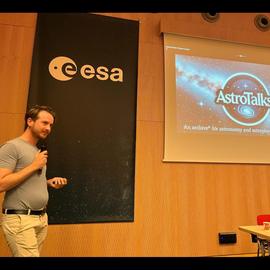Synthetic-Stellar-Pop-Convolve (SSPC)
One of the important things in stellar population research is to combine the results of a stellar population synthesis code (like binary_c) with a star formation history. That is because often-case, the former only predicts events and results in the form of 'per mass formed in stars', i.e. if it is multiplied by the total mass of stars that are formed we can actually get a hard number prediction.
Over the past year I have developed a framework to convolve star formation histories with stellar evolution results.
This code started in my research paper on gravitional wave mergers and pair-instability supernovea (Hendriks et al., 2023)

References
Hendriks, D. D., van Son, L. A. C., Renzo, M., Izzard, R. G., & Farmer, R. (2023). Pulsational pair-instability supernovae in gravitational-wave and electromagnetic transients. Monthly Notices of the Royal Astronomical Society, 526(3), 4130–4147. https://doi.org/10.1093/mnras/stad2857
